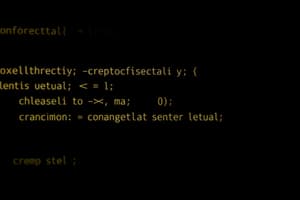Podcast
Questions and Answers
What does the pow() function do?
What does the pow() function do?
- Raises the first argument to the power of the second argument (correct)
- Subtracts the second argument from the first argument
- Multiplies the first argument by the second argument
- Divides the first argument by the second argument
What is the correct output of pow(2, 5)?
What is the correct output of pow(2, 5)?
- 10
- 32 (correct)
- 20
- 16
How does the shortest() function determine output?
How does the shortest() function determine output?
- It returns the longest string provided as an argument
- It concatenates all strings into one
- It outputs the string with the highest alphabetical order
- It outputs the shortest string from an unlimited number of arguments (correct)
What is the result of calling pow(2, 3)?
What is the result of calling pow(2, 3)?
What kind of arguments can the shortest() function take?
What kind of arguments can the shortest() function take?
Flashcards are hidden until you start studying
Study Notes
pow() Function
- The
pow(a, b)function computes the value ofaraised to the power ofb(a^b). - Example usage:
pow(2, 3)returns8, as 2 raised to the power of 3 equals 8. - Another example:
pow(2, 5)results in32, since 2 raised to the power of 5 equals 32.
shortest() Function
- The
shortest()function can accept an unlimited number of string arguments. - Its purpose is to identify and return the shortest string from the provided arguments.
- This function enhances flexibility by handling various input sizes seamlessly.
Studying That Suits You
Use AI to generate personalized quizzes and flashcards to suit your learning preferences.




